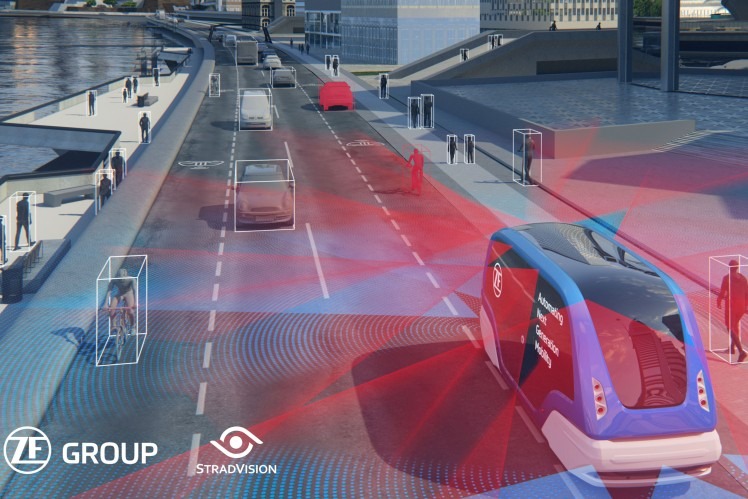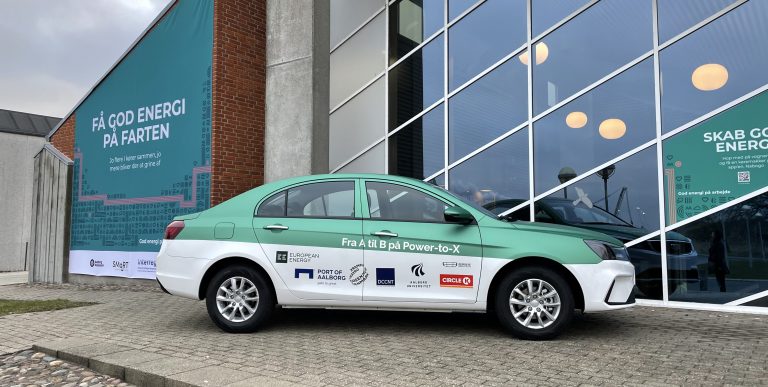Stellantis tests 5G connected-vehicle technology with safety-notification system
05 April 2022

Automotive giant Stellantis has taken part in a connected safety-system trial powered by vehicle-to-everything (V2X) technology. Working with the 5G Automotive Association (5GAA), the carmaker tested a notification system capable of connecting vehicles, infrastructure, and pedestrians.
‘Making roads safer for drivers and pedestrians is the ultimate goal of developing these next-generation technologies,’ said Ned Curic, Stellantis chief technology officer. The 5GAA project also involved other industry giants such as Intel, Verizon, and Harman.
Cars are evolving from feats of mechanical engineering into digital wonders. With new technology comes new capabilities, connecting smart vehicles to the world around them. 5G, the long-awaited developmental milestone of mobile internet, could define the next generation of automotive safety.
Vehicle-to-everything
Carried out in Virginia, US, the live V2X trial tested 5G vehicle-communication and multi-access edge-computing (MEC) systems. A plug-in hybrid (PHEV) Jeep Wrangler 4xe was fitted with the connected technology, which allowed it to communicate its position with nearby infrastructure.
‘The Jeep Wrangler 4xe plug-in hybrid is the perfect vehicle for these live tests, equipped with vehicle-to-everything (V2X) technologies and driver-safety alert,’ said Curic. ‘With 5GAA, we are working with industry leaders across the globe to help pave the way for autonomous technology to benefit our products and, ultimately, our customers.’
The system effectively means local pedestrians and vehicles can receive safety-based alerts using this information. The V2X technology also enables emergency notifications from the cellular network. But how does it work?
Connecting vehicles and pedestrians
The 5GAA connected-car concept uses fixed on-site cameras and sensors to collect data. This adds to the vehicle’s understanding of its surroundings. With a high-speed 5G connection and MEC capabilities, the system can make decisions at the data-collection location. At a busy junction, the connected vehicle could communicate safety risks for pedestrians and approaching vehicles.
This work on connected vehicles is not isolated to the US, however. Stellantis is involved in a similar programme in Turin, Italy, where it is evaluating 5G applications and the management of large volumes of data, including the size and configuration of in-car computing. Connected-vehicle innovations are a huge focus for Stellantis, as outlined in its Dare Forward 2030 strategy.
Stellantis is not the only carmaker to be experimenting with 5G-enabled alerts either. Towards the end of last year, Honda confirmed it is working with SoftBank on a case-based verification system that could reduce collisions between pedestrians and vehicles. Capable of combating challenging conditions like poor visibility, the high-speed data V2X communication technology also allows the sharing of information between vehicles and pedestrians.
5G can carry more data between more devices in a much shorter time span. This makes it a potential key capable of unlocking autonomous-vehicle technology. While ‘self-driving cars’ make use of multiple onboard sensors and cameras, 5G will allow them to draw data gathered by existing infrastructure. This can only serve to make autonomous operations safer as the vehicles gain a better sense of the world around them.



